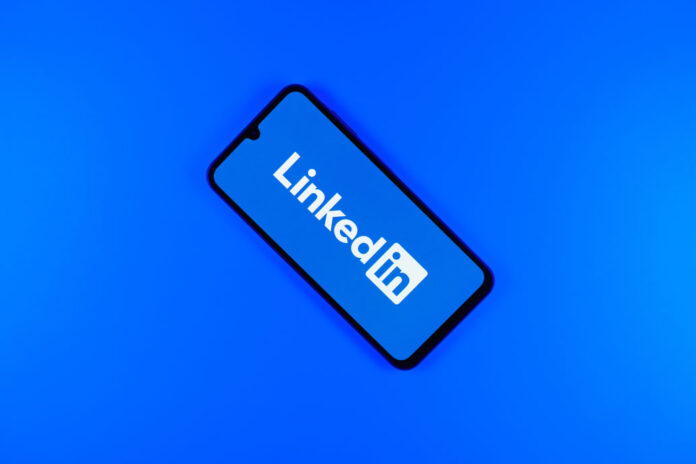On Safe Internet Day, celebrated globally on February 11, LinkedIn, the largest professional social network in the world, reinforces its commitment to helping professionals protect themselves during the search for online employment. Recognized in more than 100 countries, this year's mobilization is themed “Education for Digital Citizenship” and aims to empower society to use the digital environment in a critical, ethical and responsible way.
In a scenario where the search for new job opportunities is increasingly digitized, the theme is especially important for Brazilians, since by 2025, 3 out of 5 professionals plan to change jobs and 65% of the (as) users(as) of the platform in the country claim to use LinkedIn for this function. In order for this process to occur safely and without unforeseen events, it is essential that adopt practices that protect your personal information, ensuring that the search for a new career develops smoothly and without risks.
Among LinkedIn's efforts to ensure the safety of its users and users, the following stand out profile verification tool, which can be used for identity confirmation and generates a visible seal on the profiles for free, showing that that account has been authenticated is, in fact, suitable.
“In LinkedIn, we require each profile to represent a real person and we have policies to do this, Trust and Security teams work every day identifying and restricting inauthentic activities. One of the ways used to ensure that accounts are true is the Scale Automated Detection System, in which more than 97% of fake accounts are identified and removed from the” platform, explains Milton Beck, LinkedIn Managing Director for Latin America.
To further improve job search and overall network utilization, LinkedIn has listed some tips to make the usability of the platform even safer:
1- Be wary of offers too good to be true: malicious people often lure their victims with tempting promises, such as above-average salaries for basic functions.If the proposal seems unrealistic, it is worth researching more information about the company and even connecting with other employees to understand more about the opportunity.
2- Beware of suspicious requests: it is not common for trusted recruiters to ask user(a) to download from encrypted files to interviews. This request should reinforce the attention of (a) candidate(a). In addition, be careful with alleged vacancies that require advance payment for courses, materials or applications and never provide bank details on the platform.
3- Search for the company, recruiter(a) and vacancy: it is important to confirm that the company has one verified page on LinkedIn, seal that indicates that the organization has undergone an authentication process. In addition, there are ways to check if (a) recruiter(a) is really linked(a) to the company, such as the analysis of your profile and connections, for example. Many companies usually disclose vacancies directly in their official channels, so it is always valid to compare the information.
4- To ensure a safer search, LinkedIn offers tools such as:
- Verified vacancy filter ''allows visualize only opportunities posted by companies with authenticated profiles.
- Messages with risk alert ^^^^ LinkedIn can signalize messages that contain suspicious content.
- Two-step verification ''' this resource adds an extra layer of security to the account, reducing the risk of unauthorized access.
5- Report suspicious activities: by identifying a suspicious vacancy or message the complaint can be made directly on the platformLinkedIn has a team dedicated to investigating potential fraud and ensuring a safer environment for professionals looking for new opportunities.
Looking for a job requires caution, but with the right tools and extra attention, you can find good opportunities without falling into traps. In addition, LinkedIn continues to invest in tools to ensure a safe and reliable environment for professionals around the world.To learn more about the platform's security initiatives, LinkedIn access.


